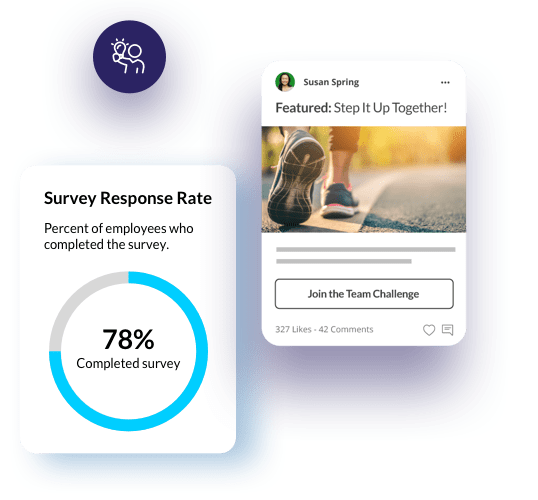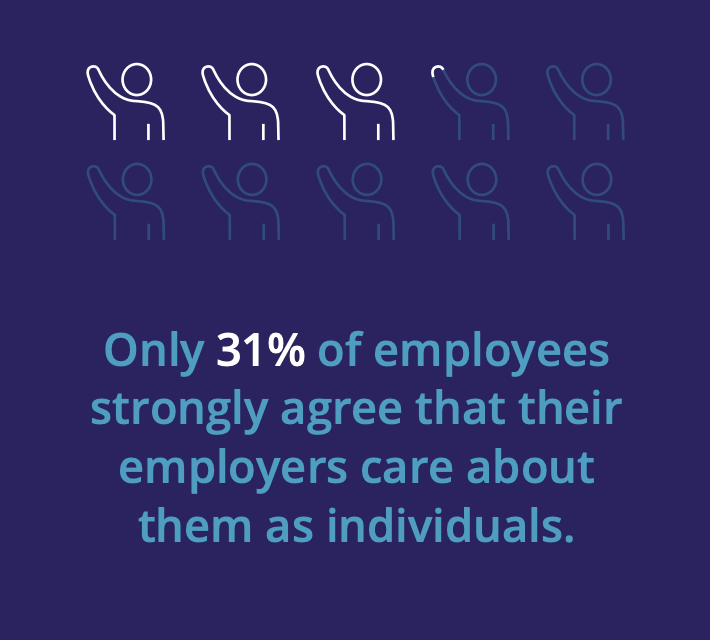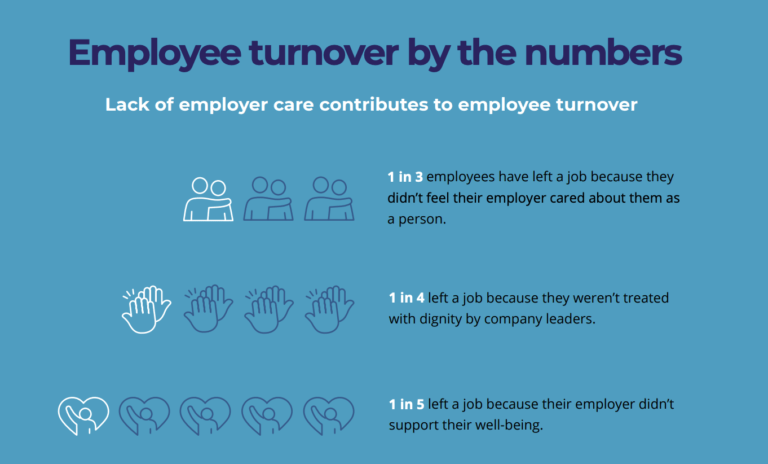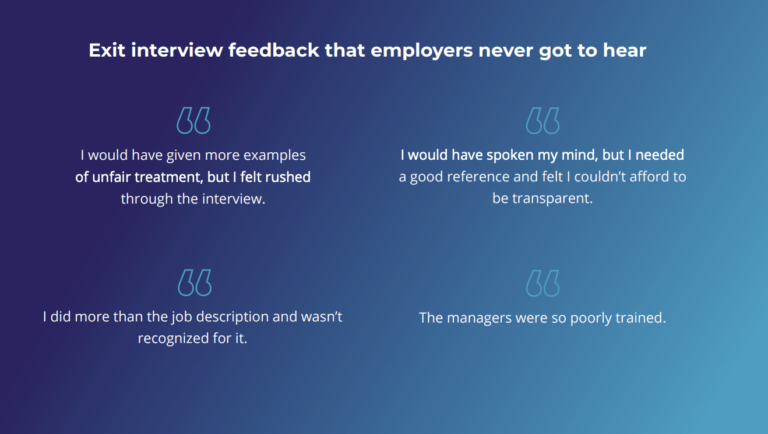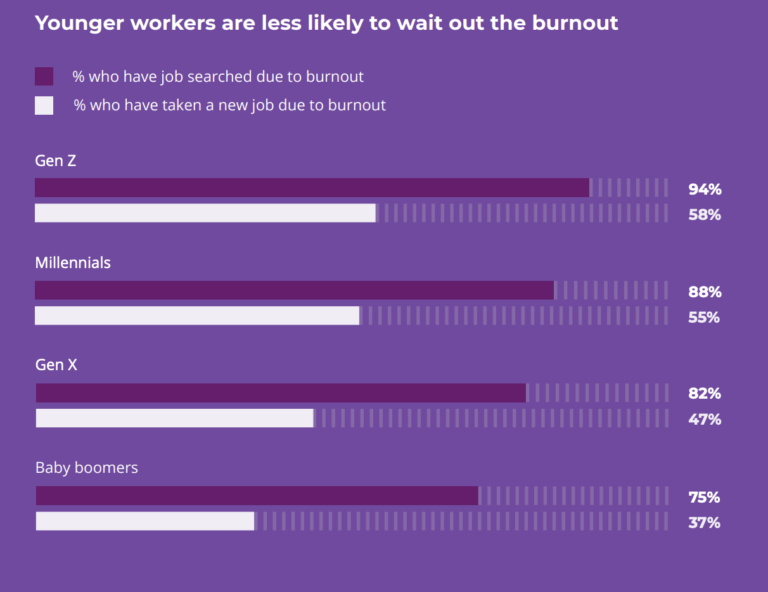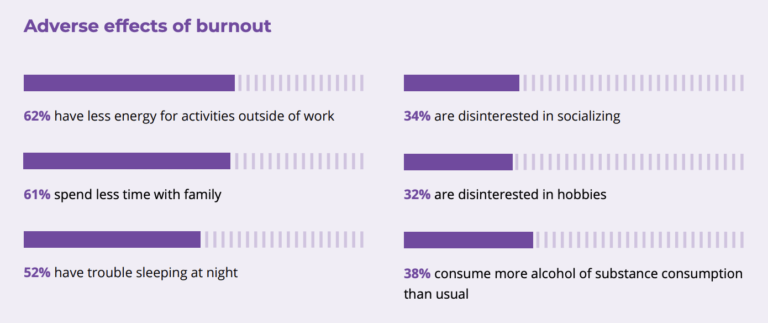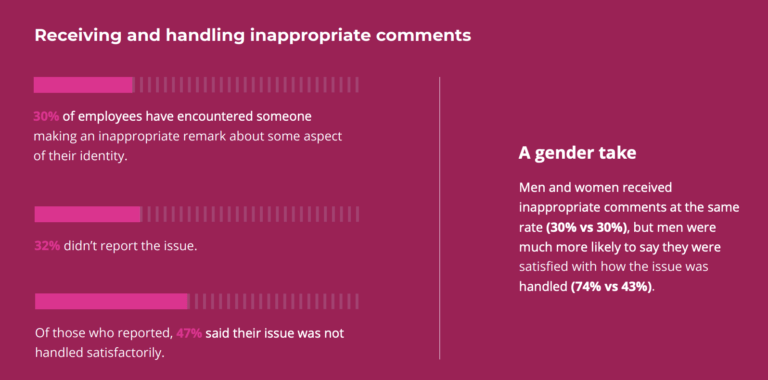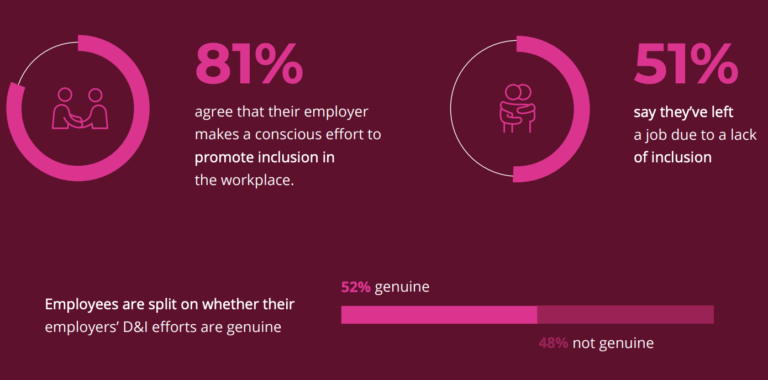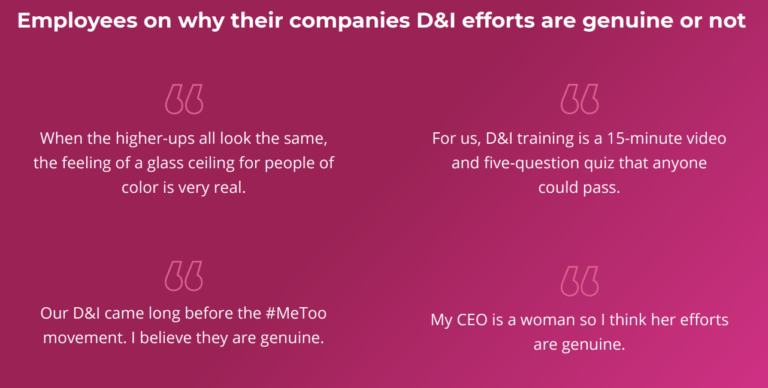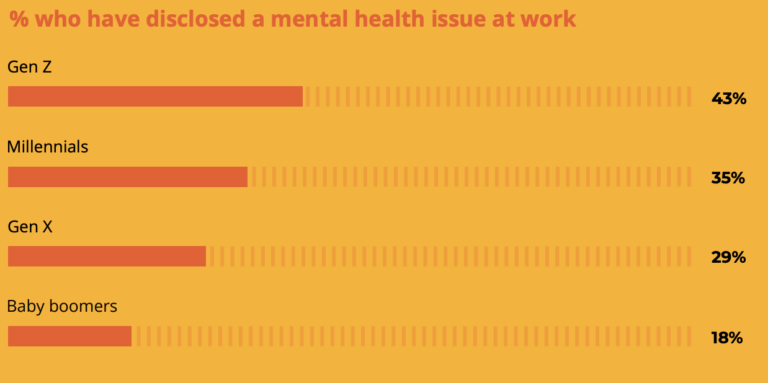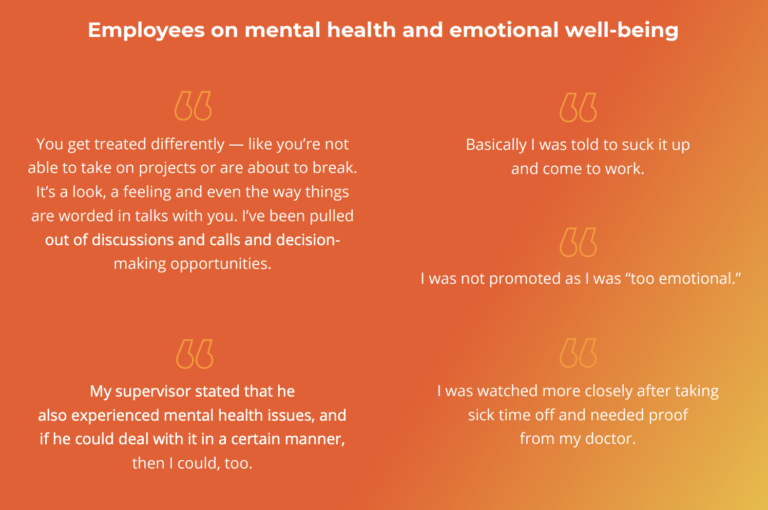Resource
2020 Employee Care Report: The Hidden Causes of Employee Turnover

Explore more insights from Limeade

Reading List
17 books to cultivate professional and personal self-care from the inside out
There's no better time than now to focus on what matters most — you. These must-reads will arm you on the road to self-care — both at home and at work.

Guide
5 ways to create a personalized employee experience
Enter the new era of personalized well-being — a seamless employee experience that reflects who each employee is and how they work.

Guide
Employee engagement software: Your ultimate guide
Improving employee engagement has been shown to increase profitability, improve retention, and attract higher-quality employees – making employee engagement software a pivotal part of office life and culture. But getting started and finding all the right information on which software to choose can seem like a daunting task.

Guide
How to build a business case for employee wellness programs
This guide walks through the importance of a wellness program, the information you need to build a business case for an employee wellness program, and the cost savings and business benefits enabled by a holistic approach to well-being with Limeade.

